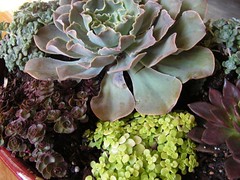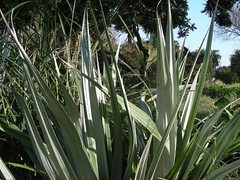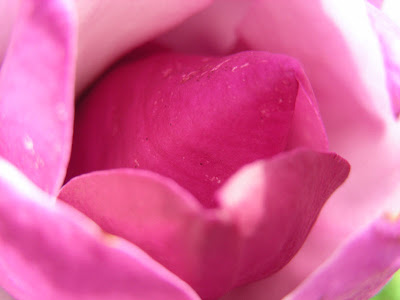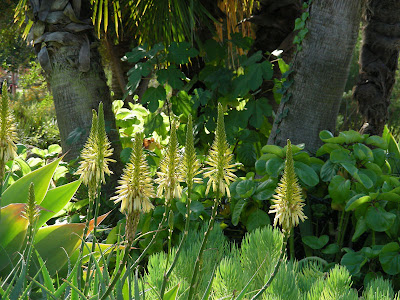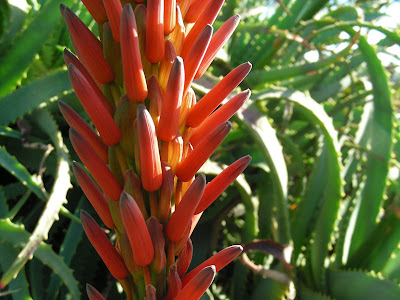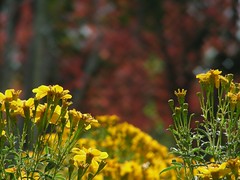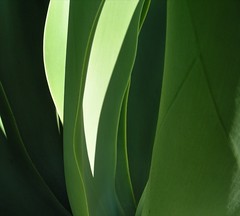Across the nation, Christmas means snowflakes on the trees and snow blowers for finding your driveway. This year in Santa Barbara, it means dusty, stinking brown ash and grit on everything. Humbug!
This summer’s Zaca Fire (240,000 acres and a $120 million price tag) has been out for months, but when the weather conditions are right (okay, wrong) winds from the inland areas pick up the months-old ash and carry it over the mountains to the coast. We literally had a taste of it a few months ago, and now we’ve had two dust storms in one week.
I just got in from sweeping my driveway.

It’s about 65 ft. by 25 ft. and using an 18” wide broom, I estimate that was about 1.5443 billion strokes (always show your work: 1625 square feet times the square root of my shoe size, allowing for a 4 mph head wind, minus 27 for Celsius = 1.5 billion rounded up).
I think I performed the most environmentally sensitive sweeping that is within my means. I was motivated after watching the maintenance person this morning at La Arcada downtown. For the second time this week, he washed down every square inch of surface in that exquisite (though a bit kitche for my taste) urban shopping paradise with a hose. Water everywhere, eventually running over the sidewalk and into the gutter
On Monday, I watched in brooding silence as he performed his task. I had a great speech going in my head on all the reasons why what he was doing was a terrible thing. Foremost, we don’t have any freakin’ water to spare! 6 inches last “rainy season” and not much to speak of yet this year. Second, all the ash, leaves and who-knows-what would eventually find its way to a storm drain, then into Mission Creek. Huge environmental no-no. Oh yeah, it’s also against the law.
So today, I put on my smiley face, mustered up my assertiveness and we had a civil talk. I already knew his defense, which is the same as most of you dealing with this at your homes. If you sweep, it raises a cloud of dust, which not only chokes you, but most of what you’re trying to get rid of rises into the air, only to resettle again. Blowers are definitely out, and most people don’t have yard vacuums (though they are the coming thing and you might want to investigate them). He listened politely as I spun my tale of environmentally friendly ash kicking. Behold…Here’s what I ended up doing over the weekend and again today.
Step one – grab a hose and an adjustable nozzle and set it on “mist.” Tut, tut, tut – we’re not going to use more than a few gallons.
Step two – make a quick pass over a section of the driveway, barely moistening the surface without creating anything resembling a puddle.
Step three – grab a Stiff Quickie. No, really! (Get your mind out of the gutter. It’s a push broom I bought a few weeks ago at Home Improvement Center. When I read the register receipt I almost lost it. Some brainiac at the broom company named this model the Stiff Quickie, so get back to reading this brilliant set of instructions.)
Step four - start sweeping in short strokes. The barely moist dirt stays on the ground, no dust, no muss, no fuss!!! If you have a planted area nearby, push everything into the bed. It won’t harm your plants as it works into the soil. If you don’t have a bed to sweep into make a pile, pick it up, bag and seal it, and put it in the trash can – don’t want to choke the guys who dump the container, ‘cause this stuff is going to dry out.
If you absolutely have to wash some areas down, wash into a planted area to keep this toxic soup from reaching our water ways. If that’s impossible, try laying out a bundle of straw or an old pair of jeans to intercept as much of the water-borne debris as you can before it reaches the gutter.
So, I got a little exercise, my green credentials are reinforced, my conscience is clear, and my driveway is clean. Ash or not, we are often tempted to wash down surfaces around our homes. Maybe you can keep this in mind next time. I hope so.
